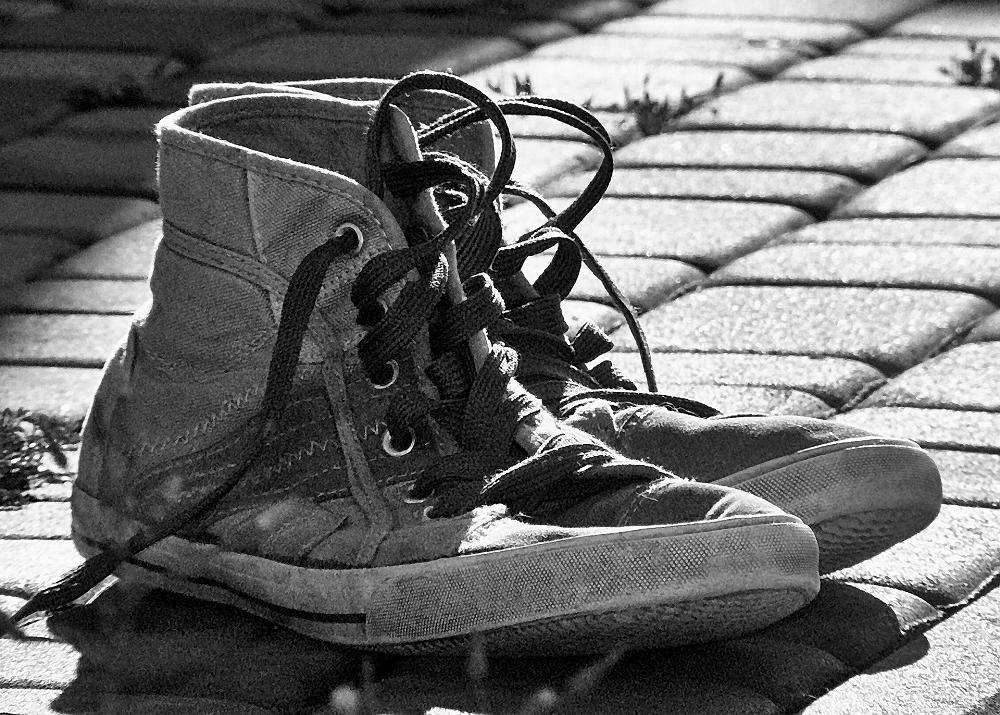
Working to reduce material hardship
Our benefit rates are so low compared to the cost of living, that many of our tamariki are living in material hardship.
Statistics indicate that in 2020/2021, 125,700 tamariki were living in material hardship in Aotearoa New Zealand and going without basic essentials.
Material hardship means being unable to afford six or more things from the list of 17 everyday essentials and services as determined by the Child Poverty Monitor. If a household scores nine or more, they are defined as being in severe material hardship.
Enforced lack of essentials (because of cost)
- Do not have a meal with meat, fish or chicken (or vegetarian equivalent) at least every second day
- Do not have two pairs of shoes in good repair and suitable for everyday use
- Do not have suitable clothes for important or special occasions
- Do not give presents to family and friends on special occasions
- Do not have home contents insurance
Economised, cut back or delayed purchases ‘a lot’ because money was needed for other essentials
- Went without fresh fruit and vegetables
- Bought cheaper cuts of meat or bought less than would have liked
- Postponed visits to the doctor
- Postponed visits to the dentist
- Did without or cut back on trips to the shops or other local places
- Put up with being cold (to keep costs down)
- Delayed repairing or replacing broken or damaged appliances
Restrictions
- Feel ‘very limited’ by money available when thinking about purchasing clothes or shoes for self
- Could not pay an unexpected and unavoidable bill of $500 within a month without borrowing
Financial stress and vulnerability
In arrears more than once in last 12 months, because of shortage of cash (not forgetfulness):
- Rates, electricity, water
- Vehicle registration, insurance or warrant of fitness
- Borrowed from friends or family more than once in last 12 months to cover everyday living expenses
Another measure the Child Poverty Monitor uses is income poverty. An adequate disposable household income enables tamariki and whānau to participate in society and save for larger cost items. The income poverty rate, after housing costs are deducted for tamariki Māori is 21.1 percent, for Pacific children it is 21 percent and for disabled children it is 22.5 percent. The income poverty rate for European children is 14.8 percent.
Households struggling for money save money initially by not going to the dentist, reducing spending on clothes and shoes, cutting back on meat, and pulling out of participation in their community as they are no longer able to make trips to local places. If they could afford insurance, that is the next to go, and then whānau may find they need to borrow to meet their basic living costs.
Tamariki are well aware of the harsh realities of living in poverty and the whakama (shame and embarrassment) that comes along with it. The reality for tamariki and rangatahi living in material hardship is having to decline birthday party invitations because they can’t afford a present and are never able to host their own parties.
One of the things we can do to end child poverty is to ensure parents/caregivers have enough income to provide for their tamariki.
The Methodist Alliance working group campaigning to increase benefit and abatement thresholds acknowledges that the current benefit levels are too low to support people’s basic needs. Benefit levels have not kept pace with the rising costs of rent, food, transport and medical care. This working group alongside other church and community agencies continues to advocate for urgent change to our welfare and tax systems. If you would like to join the campaign workgroup, please contact me.
03 375 0512 | 027 561 9164 | Carol@MethodistAlliance.org.nz
